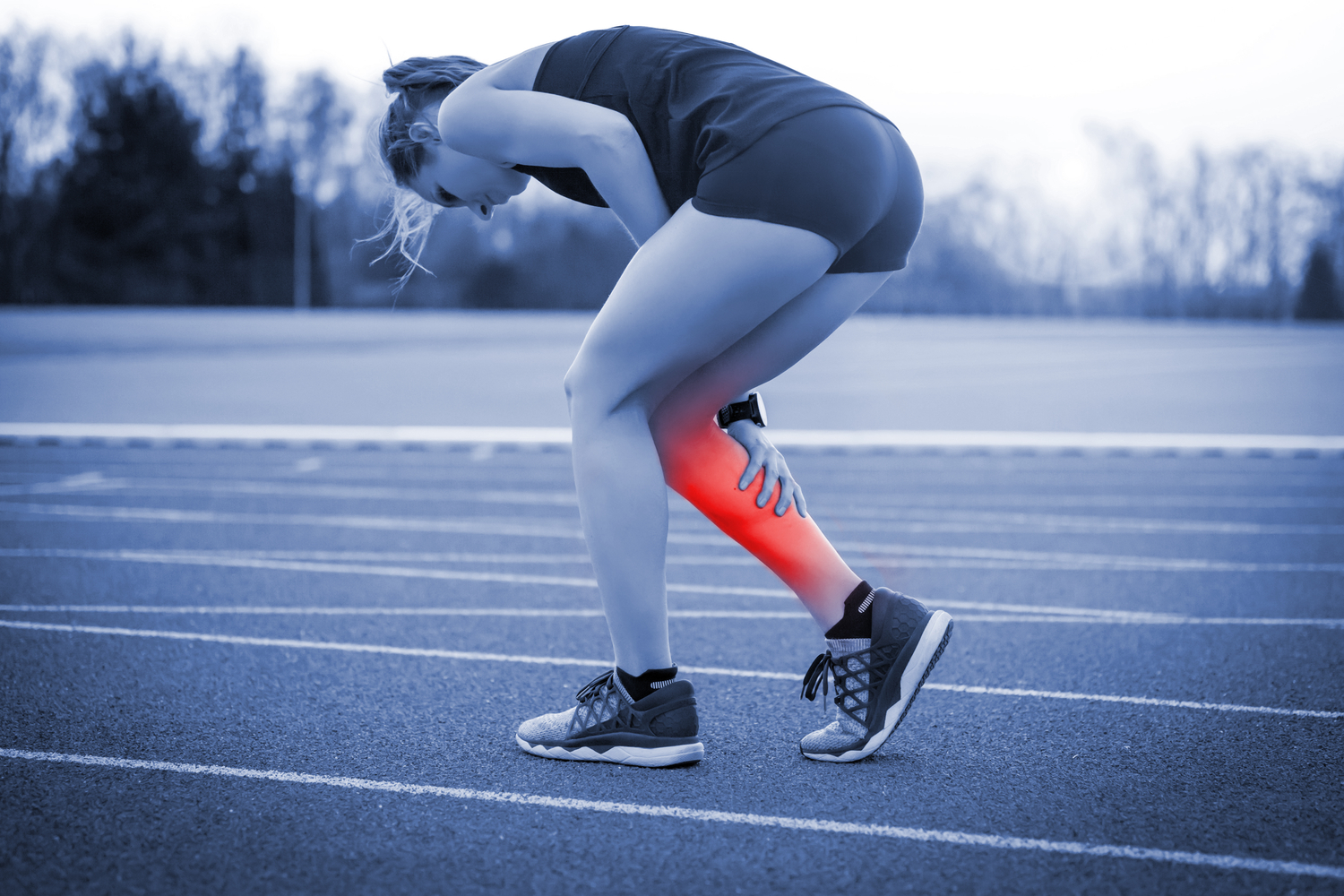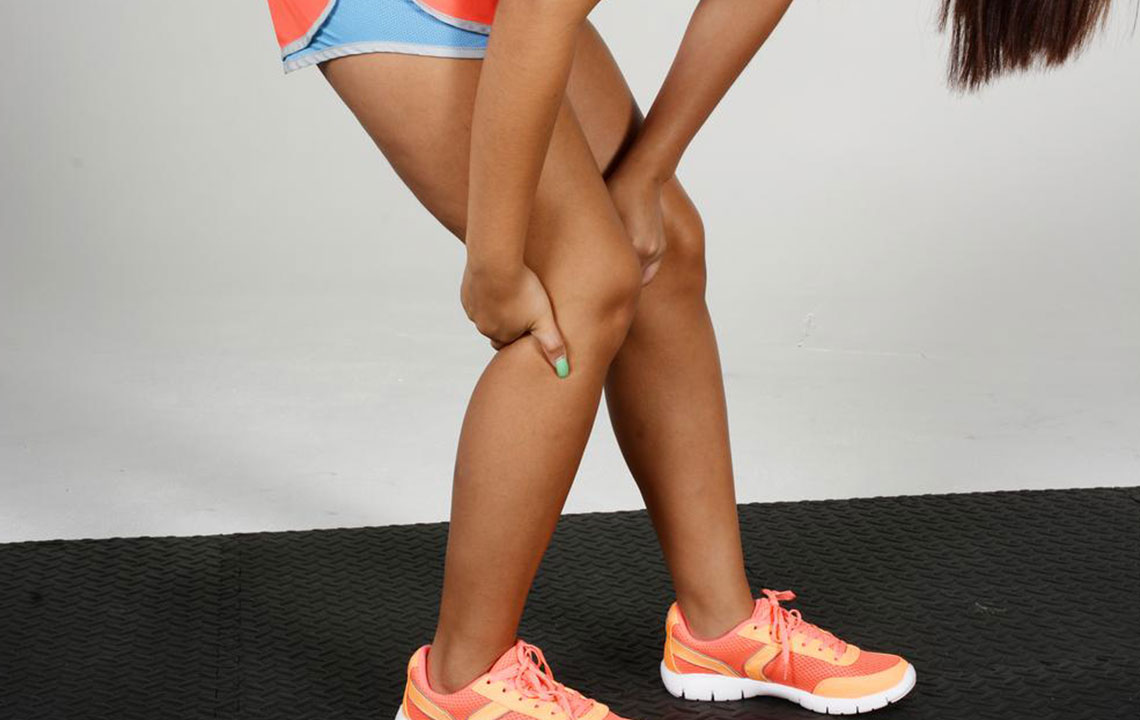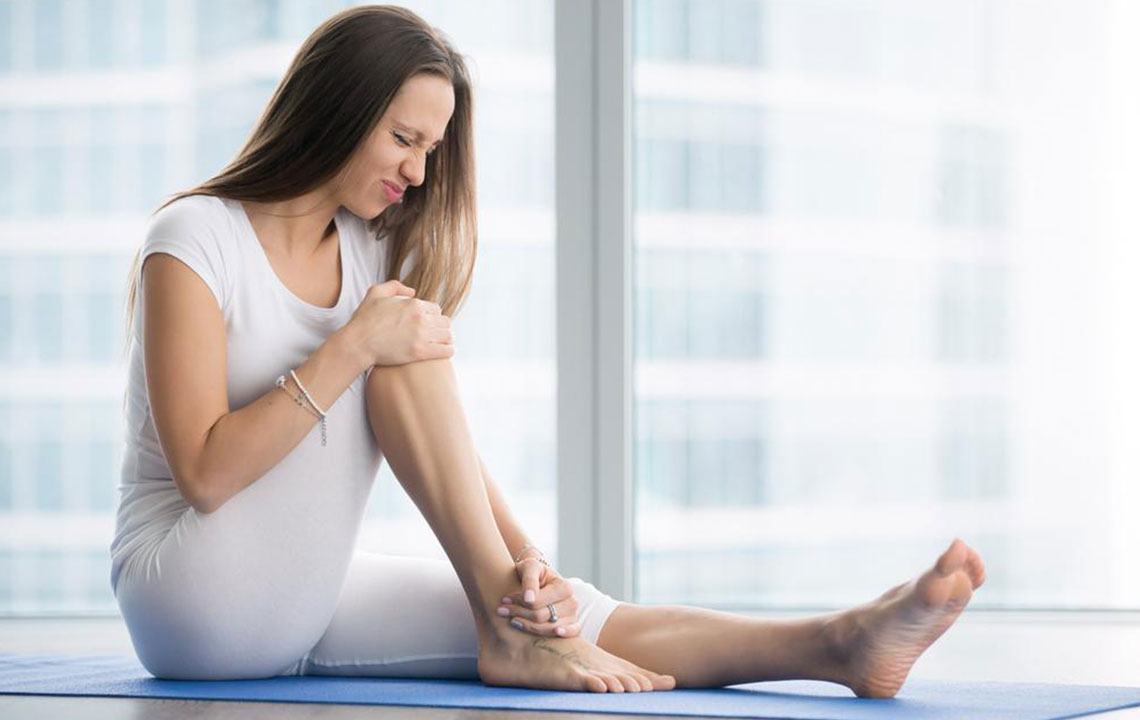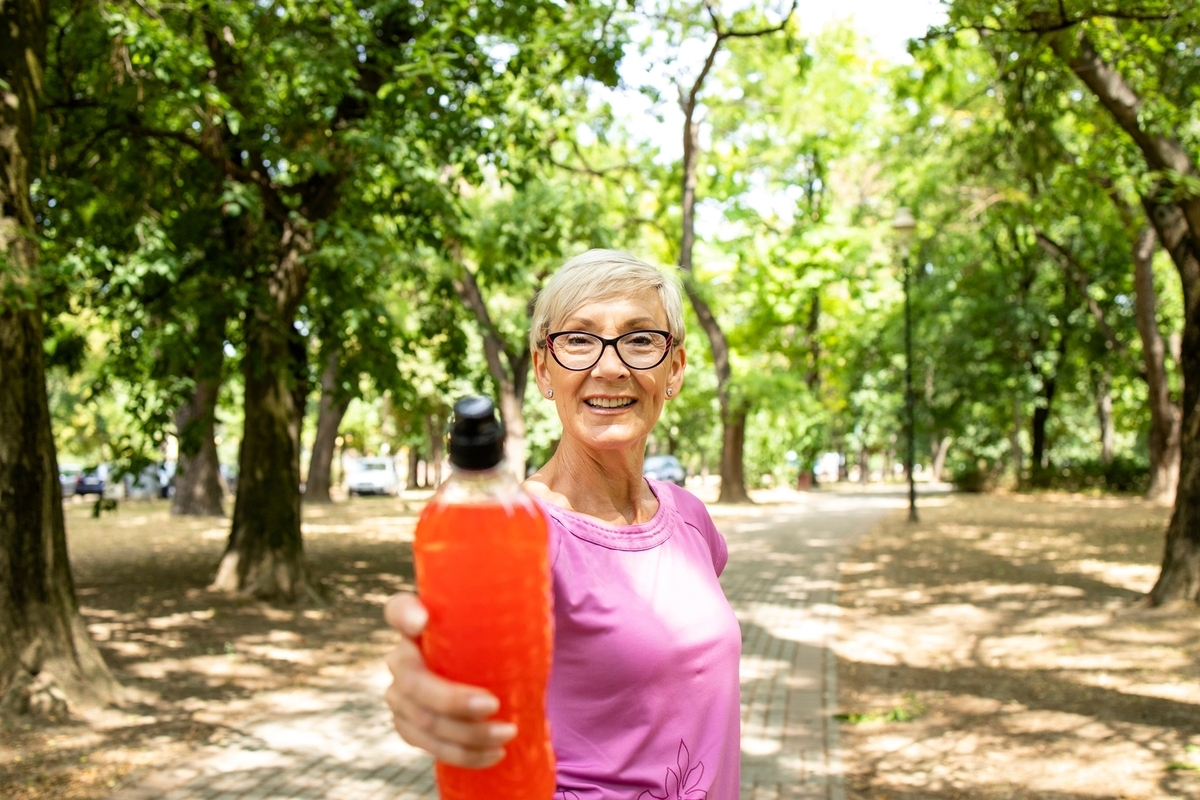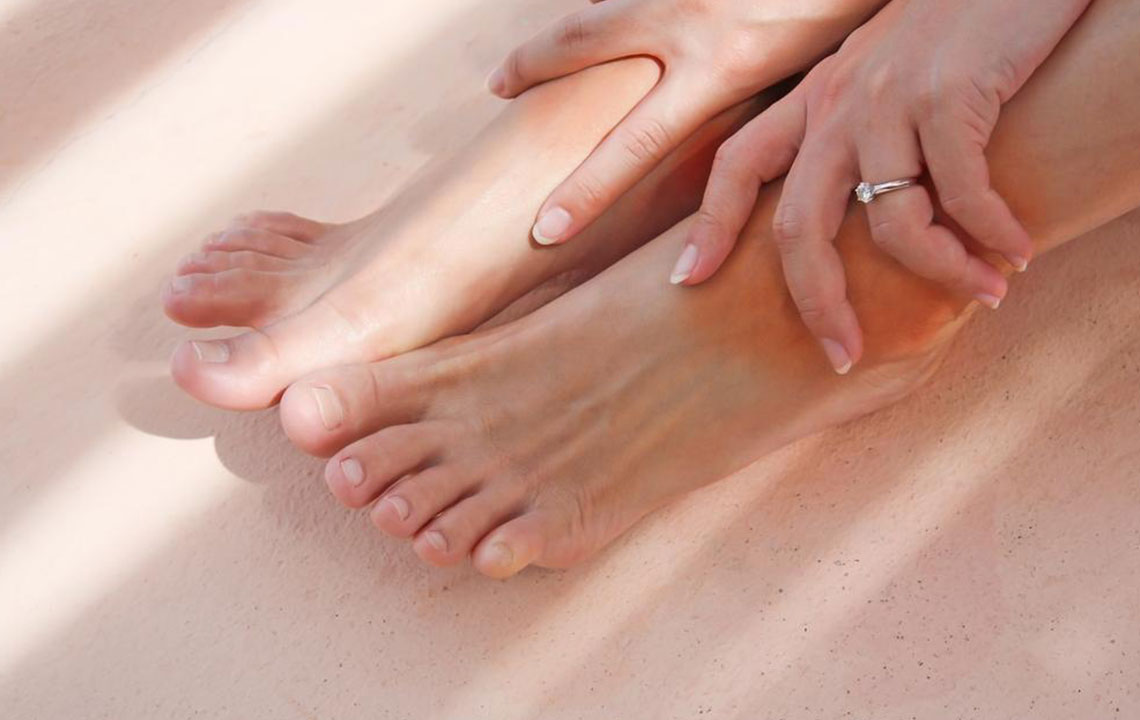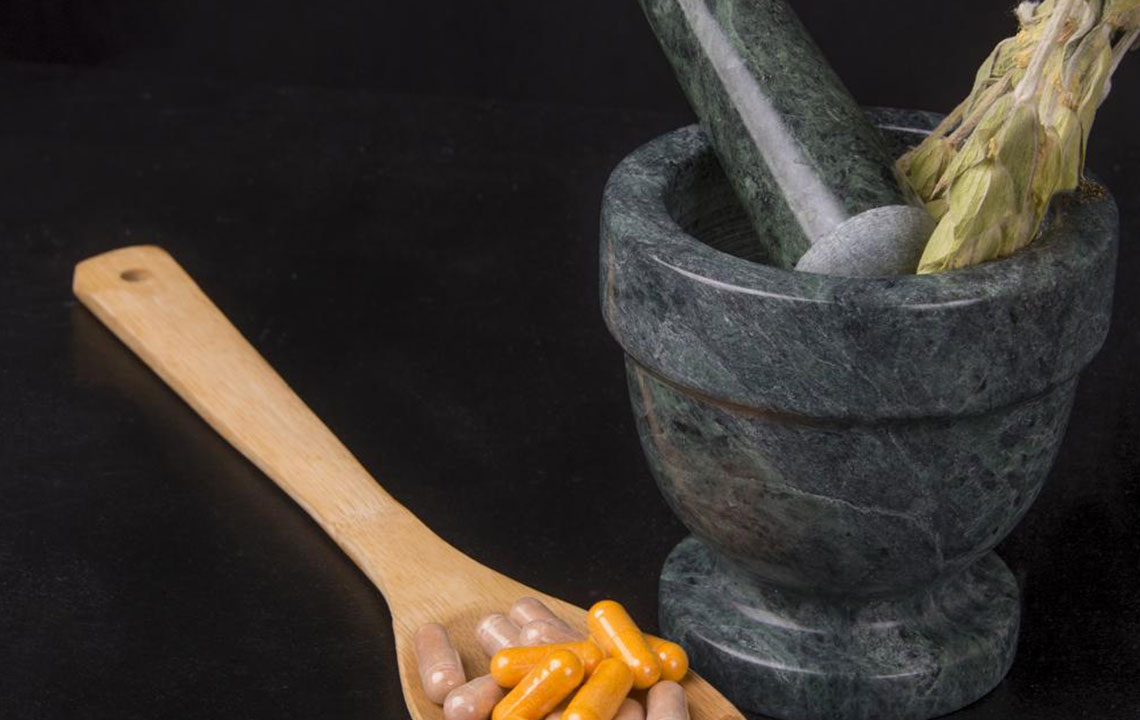Effective Strategies for Relieving Muscle Spasms
Learn effective methods to prevent and treat muscle spasms, including proper hydration, electrolyte balance, stretching, and posture correction. This guide helps reduce pain and recurrence, ensuring better muscle health and comfort through simple, actionable tips suitable for everyone, especially athletes and active individuals.
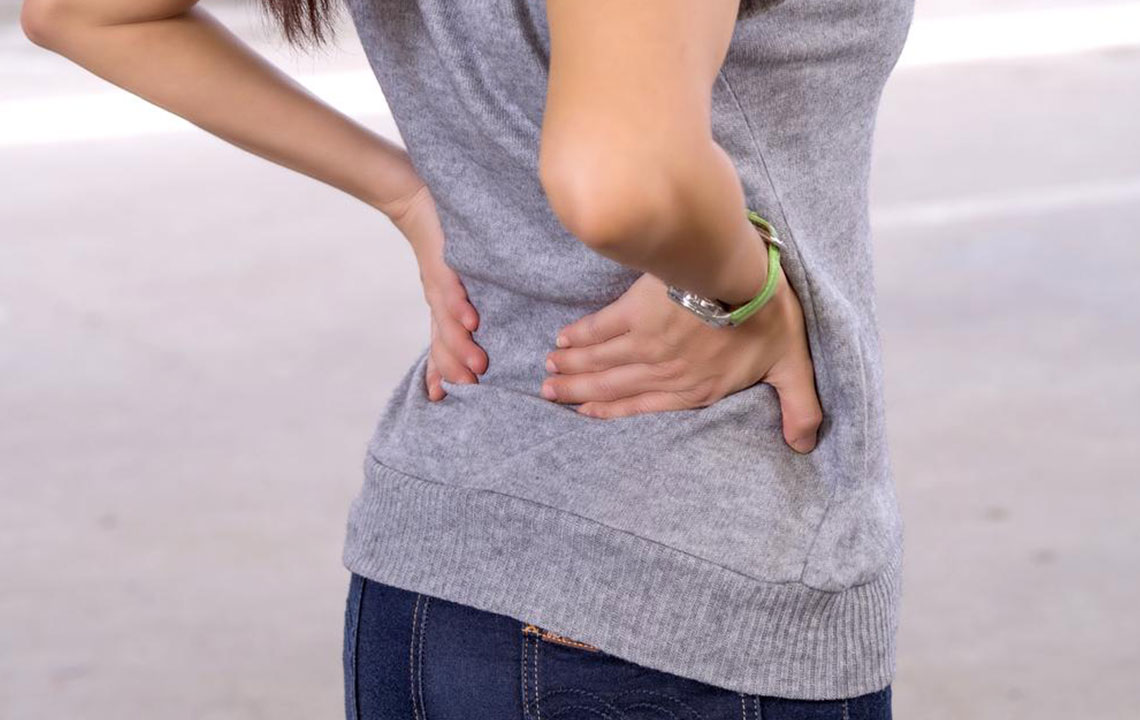
Effective Strategies for Relieving Muscle Spasms
Muscle spasms cause sudden, uncomfortable pain that can last from minutes to days, even after the muscle relaxes. These spasms often result from injuries to muscles, tendons, or ligaments.
Common Causes
Intense activities like weightlifting, football, or golf can trigger spasms. Athletes need targeted care to maintain their performance. Individuals with weaker abdominal muscles are more susceptible because their muscles cannot withstand shocks well. Stronger muscles better resist injury.
Other causes include spinal issues like herniated disks or arthritis, which exert pressure on nerves and cause limb pain.
Types of Muscle Spasms
Different spasms require specific treatment approaches. Skeletal muscle spasms are common, often caused by fatigue, dehydration, or electrolyte imbalances, and usually resolve quickly with temporary remedies. Muscle spasms tend to be more painful than skeletal ones.
Smooth muscle spasms, affecting organs like the intestines, can cause pain associated with menstrual cramps, kidney stones, or gallbladder issues, often recurring and necessitating ongoing management. Dystonias involve irregular nerve signals, resulting in conditions such as torticollis or blepharospasm. Treatments like medications and Botox are effective for dystonia.
How to Treat Muscle Spasms
Maintain Electrolyte Balance - Consuming foods rich in potassium and magnesium can prevent dehydration-related spasms. Post-exercise refueling with electrolytes and including fresh fruits and vegetables helps maintain normal muscle function. Vitamin B sources like meats, fish, and eggs support nerve and muscle health, reducing spasms. Low potassium levels, or hypokalemia, can cause cramps, high blood pressure, and fatigue, so replenishing potassium is essential.
Stretch and Massage Muscles - Staying active with warm-up exercises and proper stretching prevents injuries. Regular stretching 10-15 minutes daily, especially targeting vulnerable areas like hamstrings and quadriceps, improves flexibility and reduces spasms. Gentle massage aids in relieving tension and promoting blood flow. Brisk walking is also beneficial.
Stay Hydrated - Dehydration is a leading cause of muscle cramps. Drinking adequate water based on body weight helps prevent spasms and replenishes lost fluids during physical activity.
Apply Heat or Cold - Heat therapy relaxes muscles; warm showers or heating pads are effective. Ice packs reduce swelling and inflammation. Apply ice wrapped in a towel for 20 minutes, then rest for 1.5 hours, repeating several times daily for relief.
Practice Good Posture - Proper posture during daily activities minimizes spasm risk. Avoid slouching, bending, or stooping, especially during work or exercise. Correct posture supports spinal health and helps prevent back and shoulder spasms.


